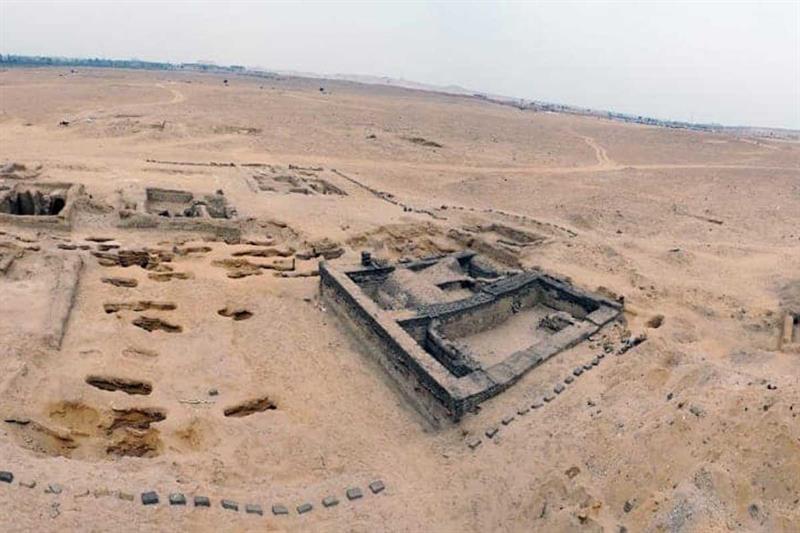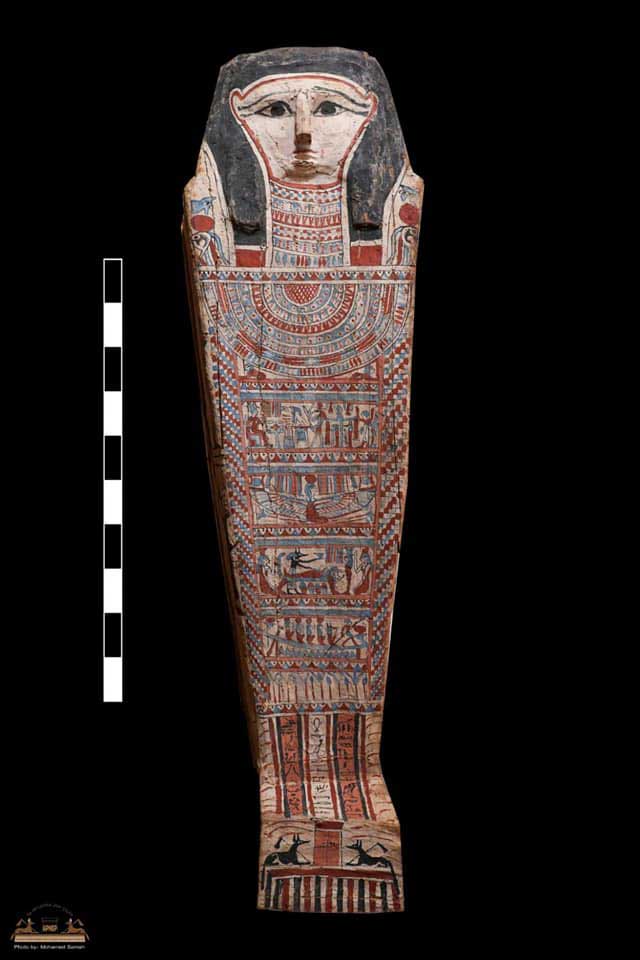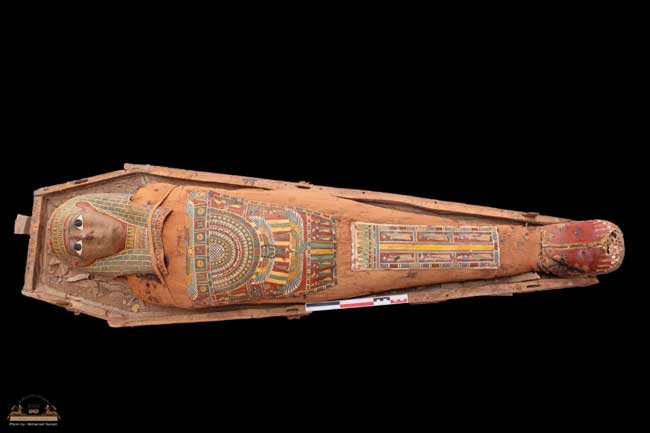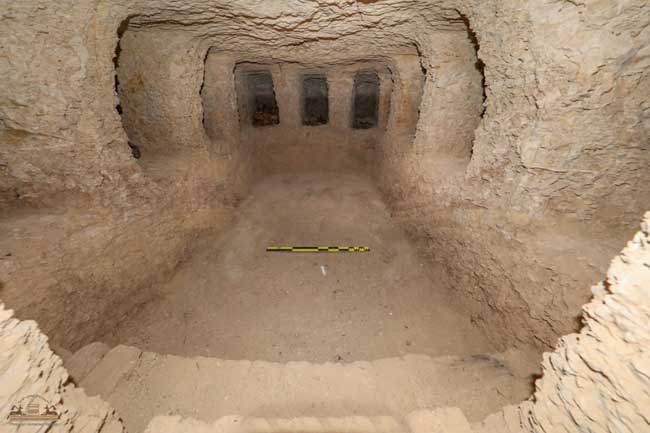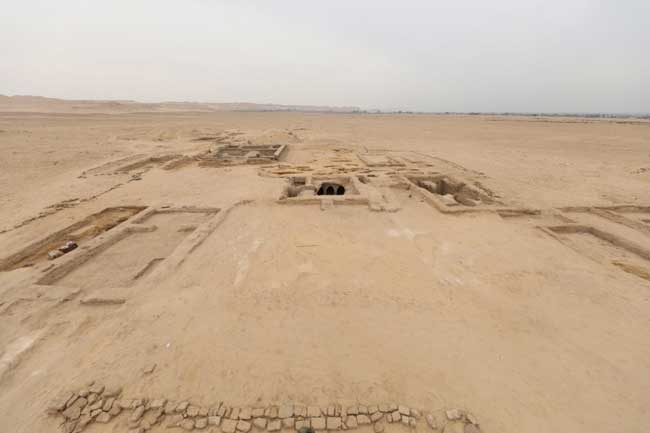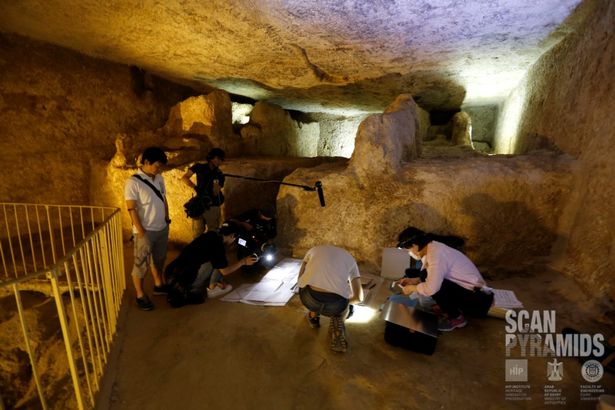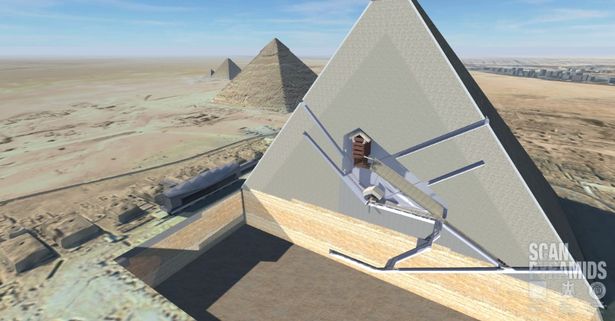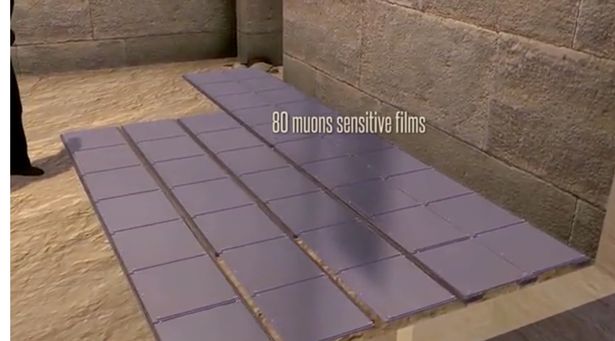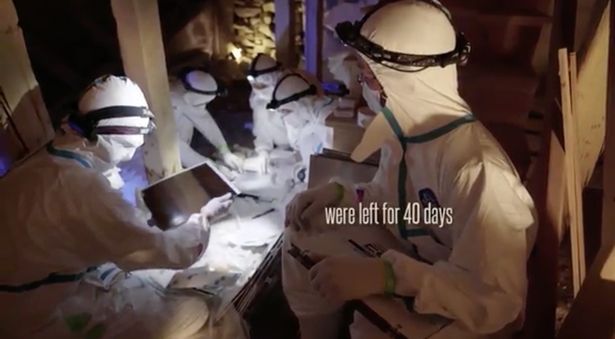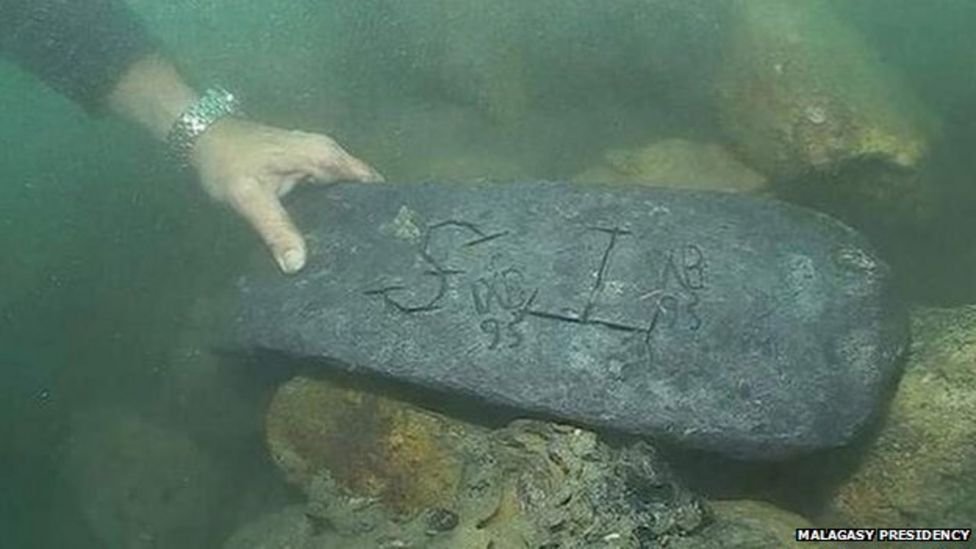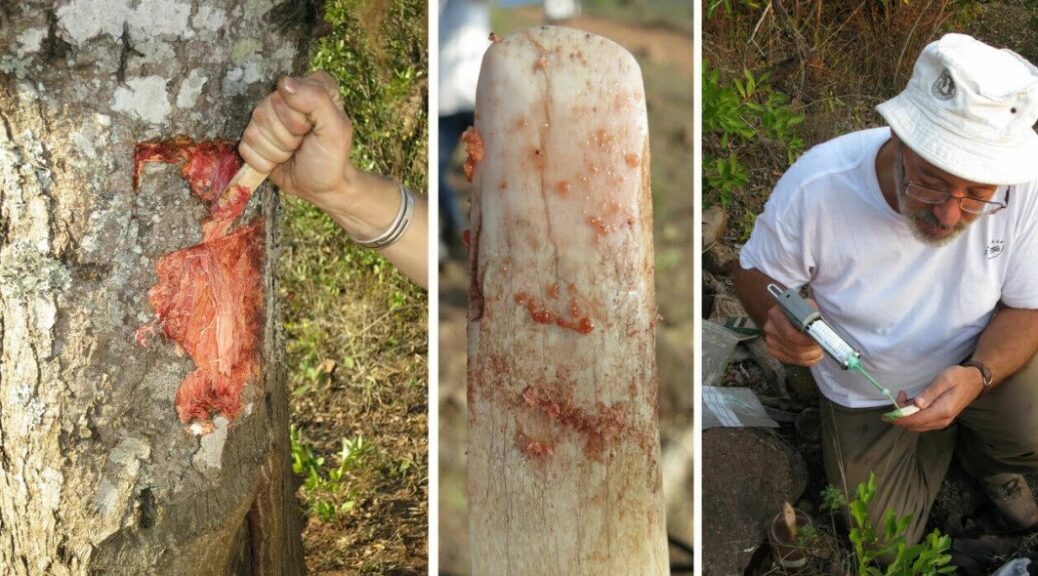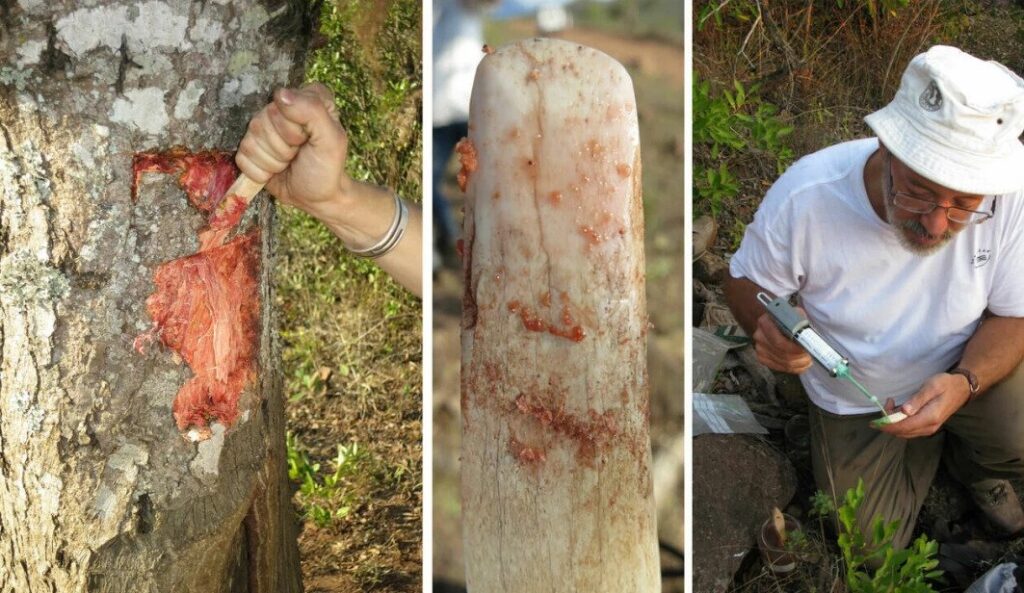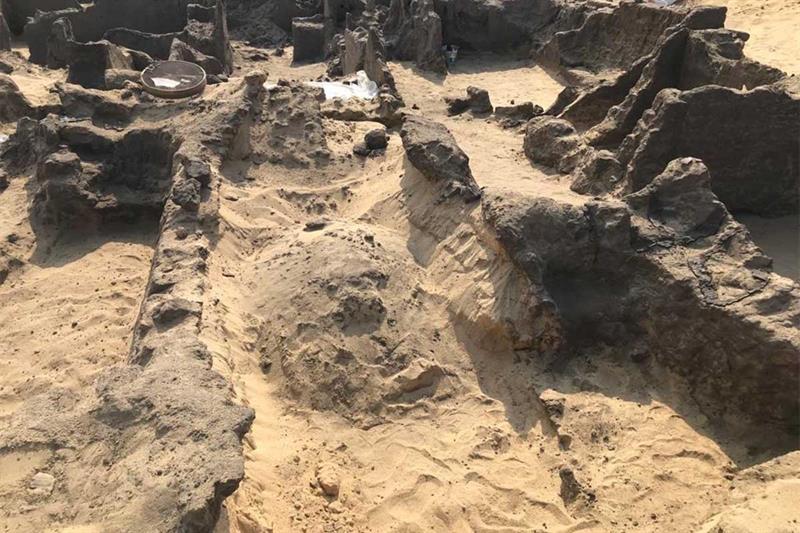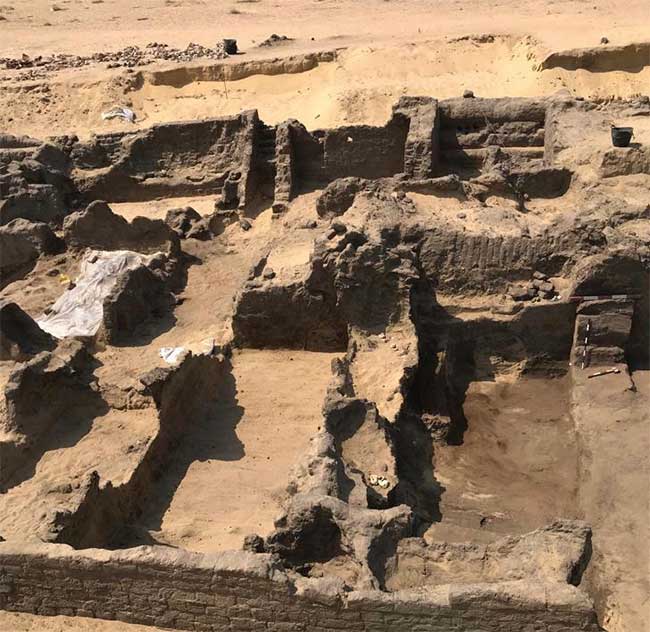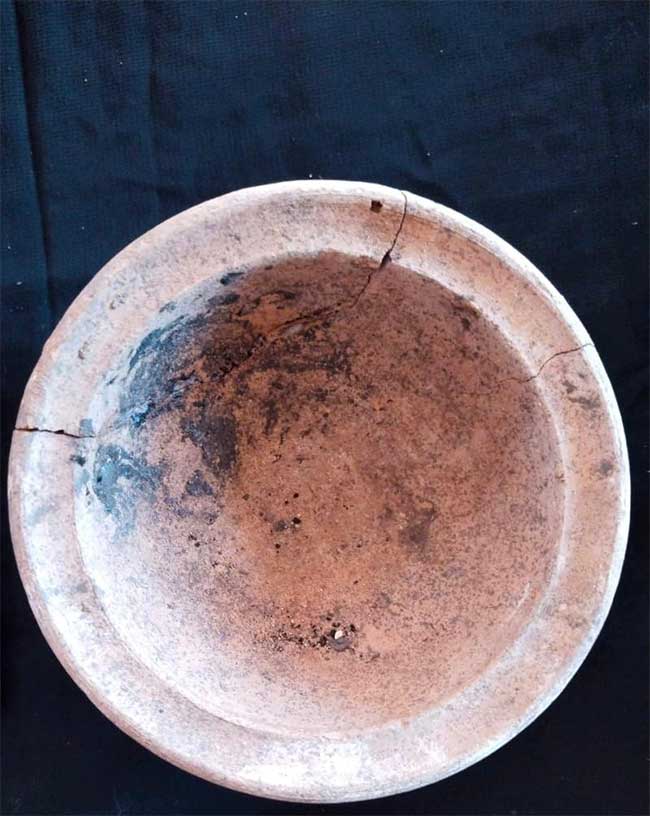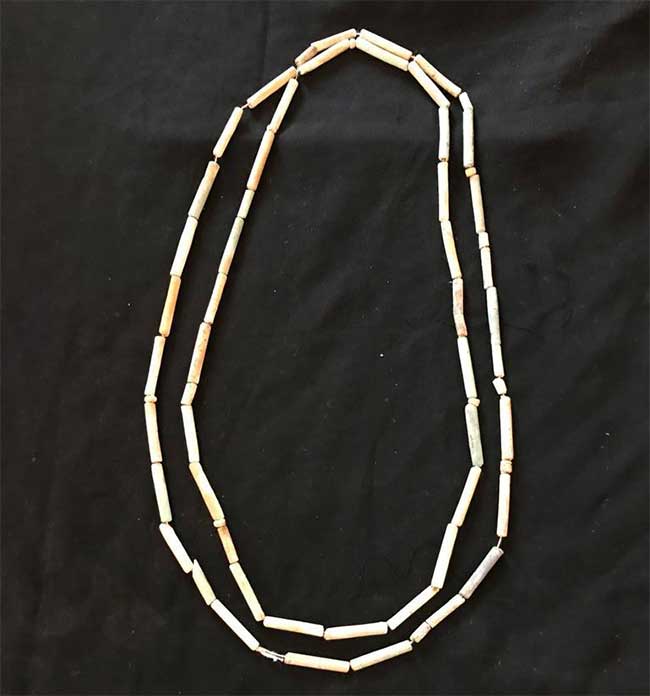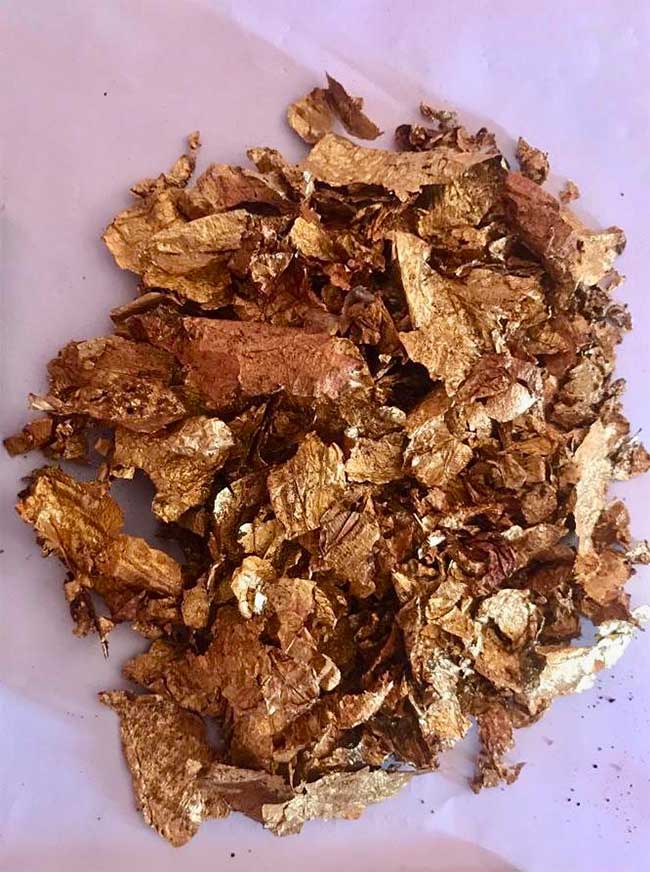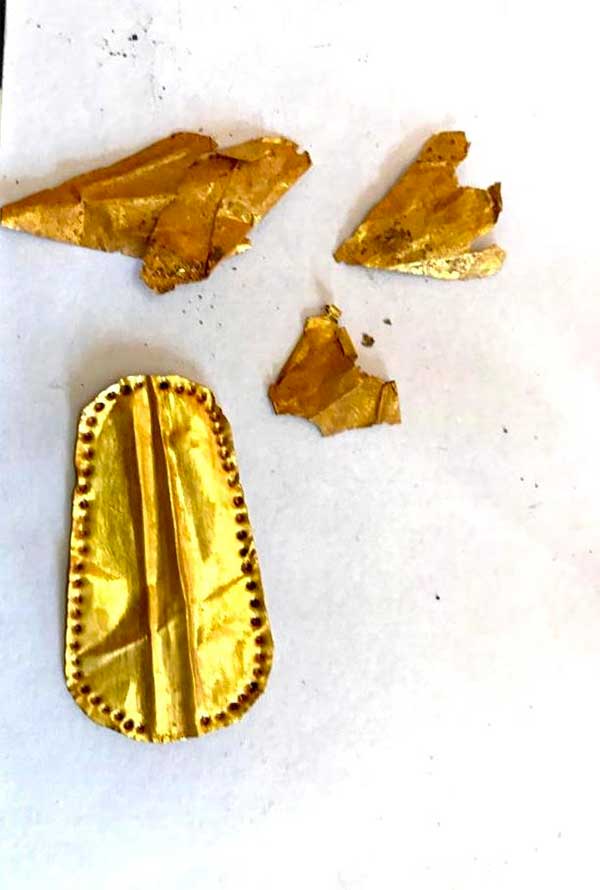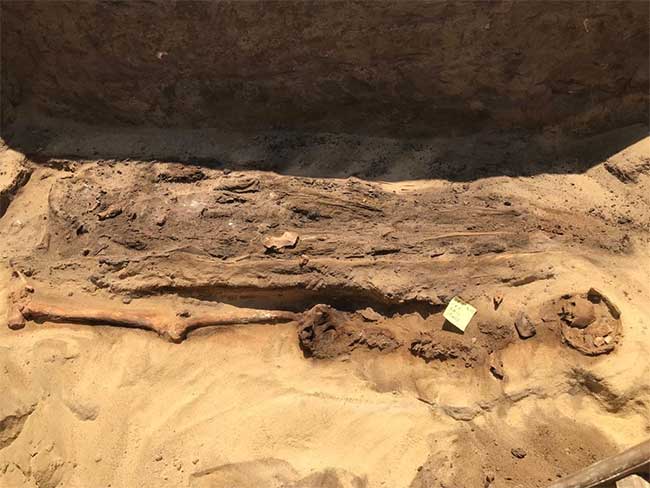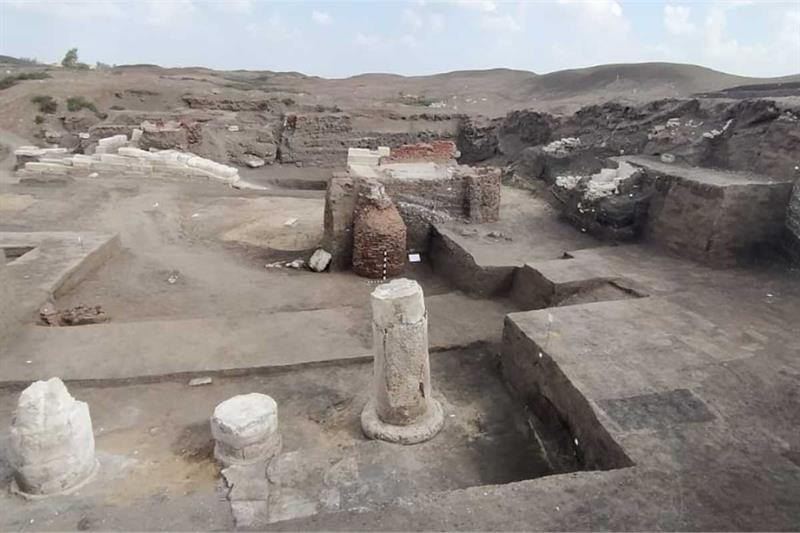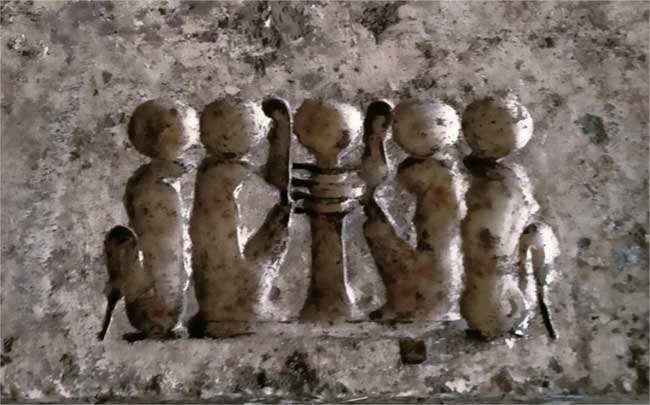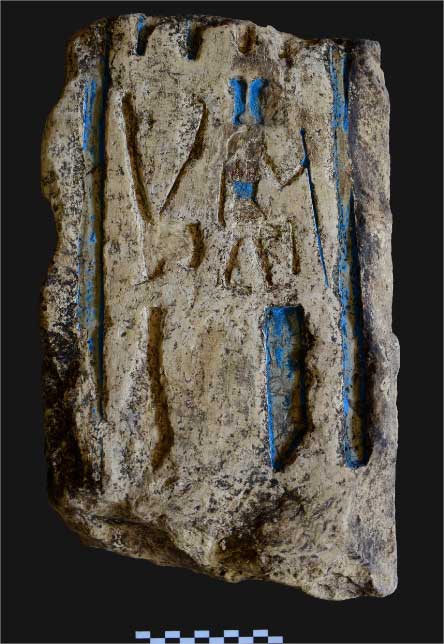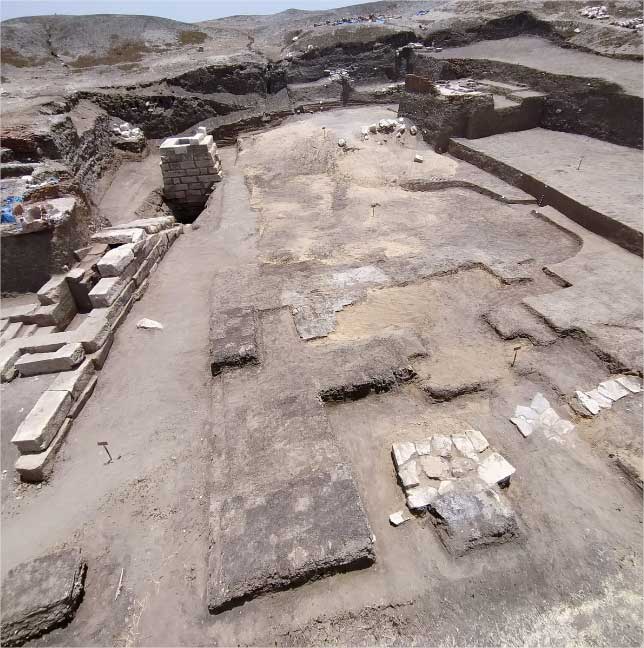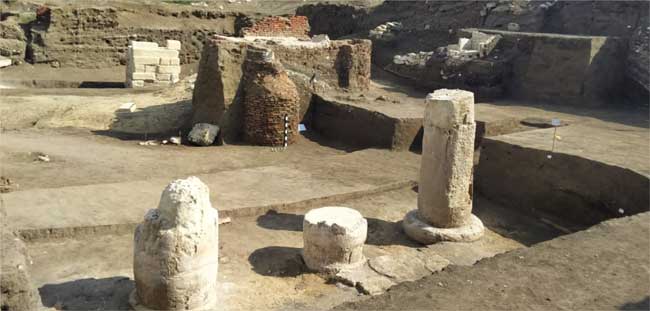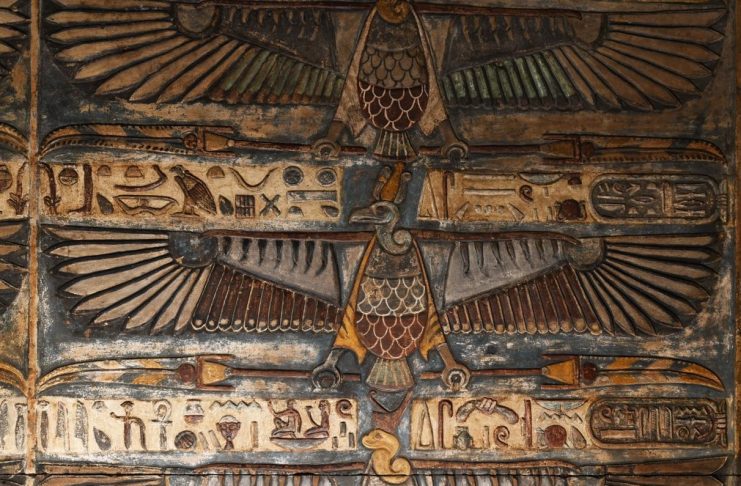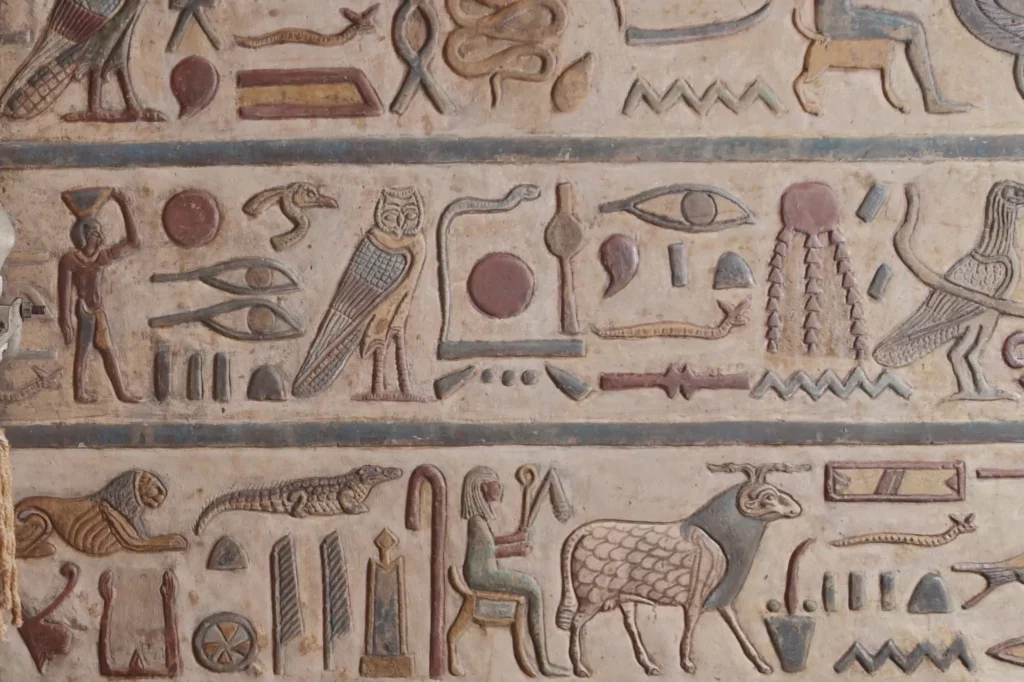Could Homo Naledi Control Fire?
An ancient hominid dubbed Homo naledi may have lit controlled fires in the pitch-dark chambers of an underground cave system, new discoveries hint.

Researchers have found remnants of small fireplaces and sooty wall and ceiling smudges in passages and chambers throughout South Africa’s Rising Star cave complex, paleoanthropologist Lee Berger announced in a December 1 lecture hosted by the Carnegie Institution of Science in Washington, D.C.
“Signs of fire use are everywhere in this cave system,” said Berger, of the University of the Witwatersrand, Johannesburg.
H. naledi presumably lit the blazes in the caves since remains of no other hominids have turned up there, the team says. But the researchers have yet to date the age of the fire remains. And researchers outside Berger’s group have yet to evaluate the new finds.
H. naledi fossils date to between 335,000 and 236,000 years ago (SN: 5/9/17), around the time Homo sapiens originated (SN: 6/7/17). Many researchers suspect that regular use of fire by hominids for light, warmth and cooking began roughly 400,000 years ago (SN: 4/2/12).
Such behavior has not been attributed to H. naledi before, largely because of its small brain. But it’s now clear that a brain roughly one-third the size of human brains today still enabled H. naledi to achieve control of fire, Berger contends.
Last August, Berger climbed down a narrow shaft and examined two underground chambers where H. naledi fossils had been found. He noticed stalactites and thin rock sheets that had partly grown over older ceiling surfaces. Those surfaces displayed blackened, burned areas and were also dotted by what appeared to be soot particles, Berger said.
Meanwhile, expedition codirector and Wits paleoanthropologist Keneiloe Molopyane led excavations of a nearby cave chamber. There, the researchers uncovered two small fireplaces containing charred bits of wood, and burned bones of antelopes and other animals.
Remains of a fireplace and nearby burned animal bones were then discovered in a more remote cave chamber where H. naledi fossils have been found, Berger said.
Still, the main challenge for investigators will be to date the burned wood and bones and other fire remains from the Rising Star chambers and demonstrate that the material comes from the same sediment layers as H. naledi fossils, says paleoanthropologist W. Andrew Barr of George Washington University in Washington, D.C., who wasn’t involved in the work.
“That’s an absolutely critical first step before it will be possible to speculate about who may have made fires for what reason,” Barr says.
Bone, wood and charcoal from the South African site should also be examined with various techniques to determine whether darkened areas resulted from burning or mineral staining, says Harvard University archaeologist Sarah Hlubik, who wasn’t involved in the research. And a careful analysis of the layout of remains in the Rising Star chambers, she adds, will indicate whether Berger’s group discovered small fireplaces built by cave visitors, or only bones and other material that washed into the cave system.

